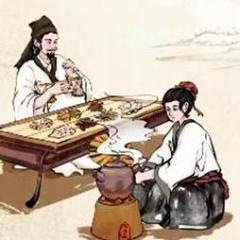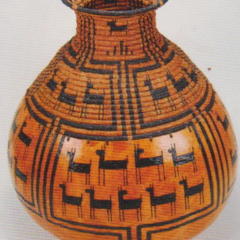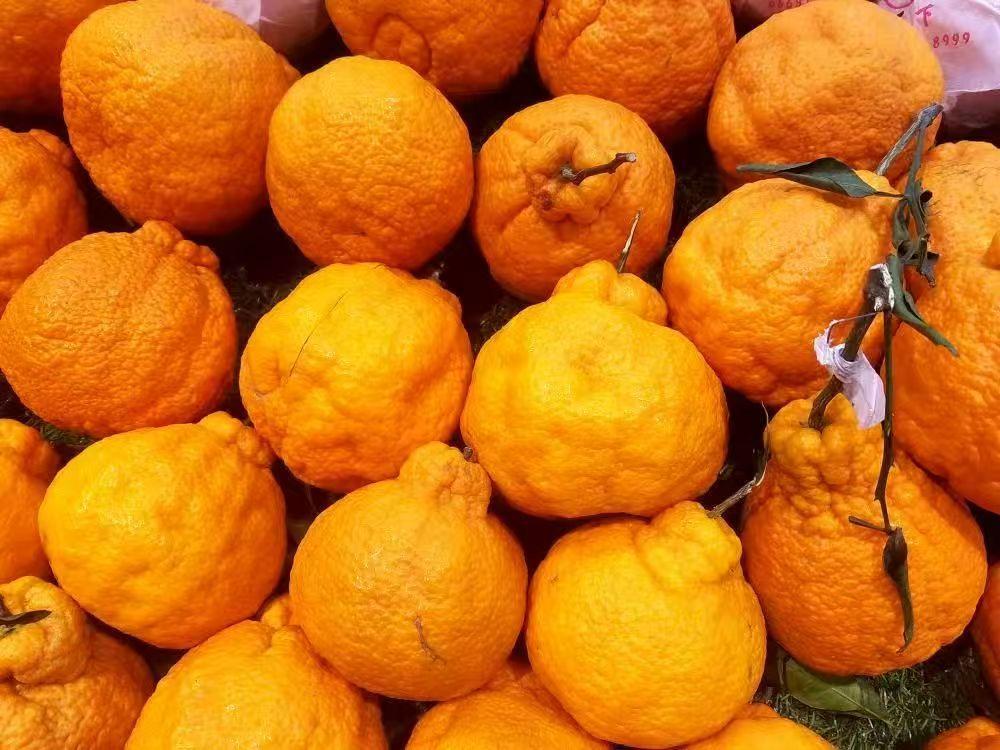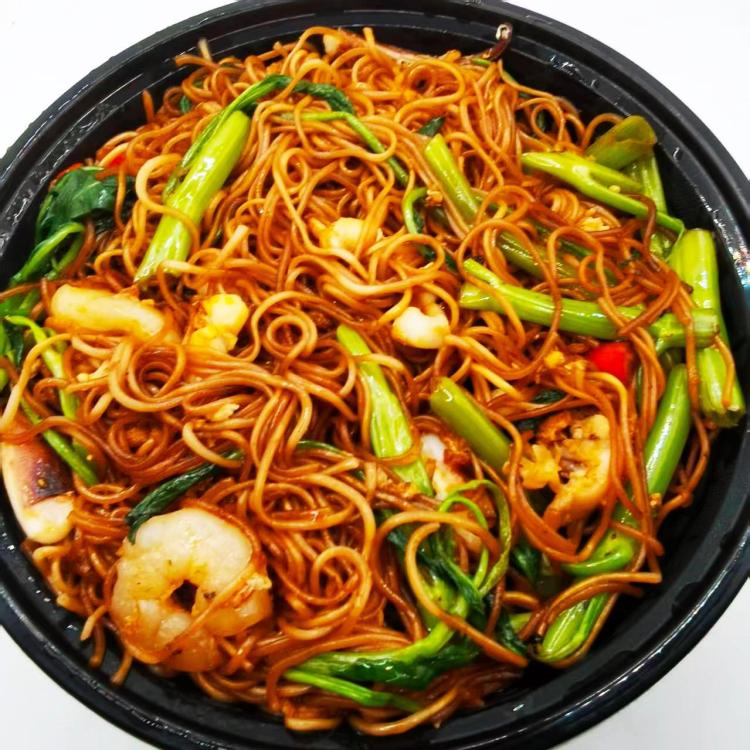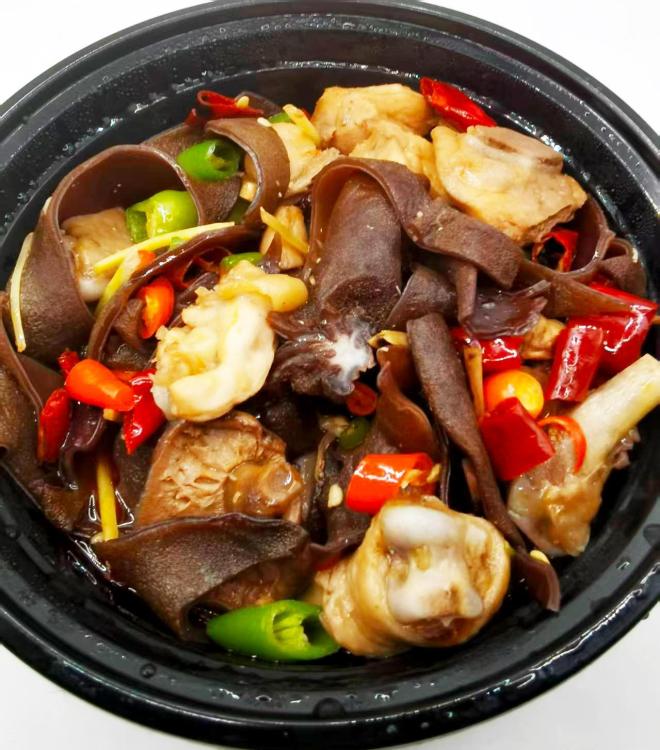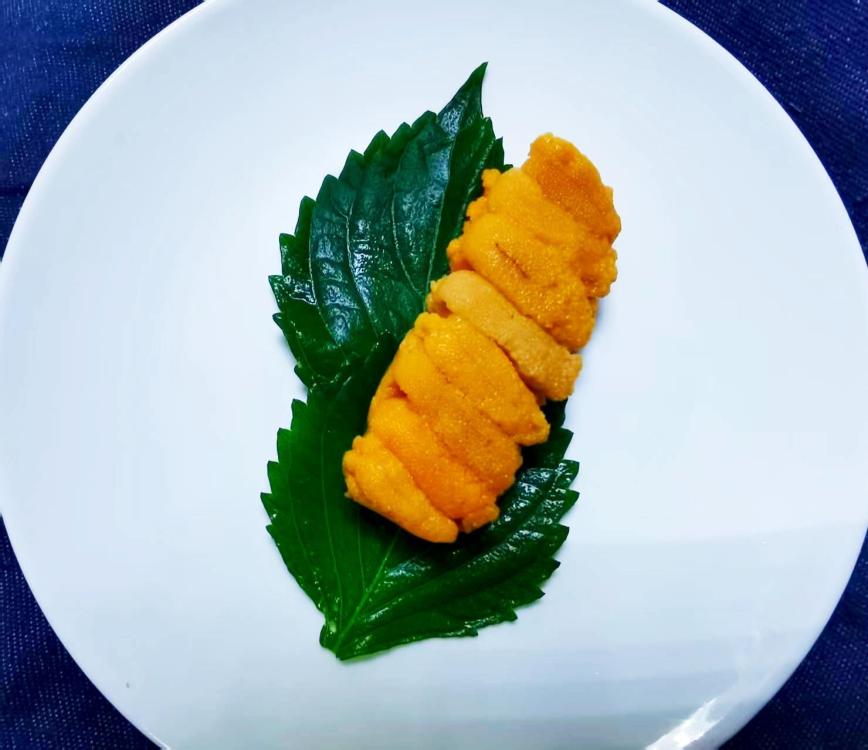-
Posts
16,697 -
Joined
-
Last visited
Profile Information
-
Location
Liuzhou, Guangxi, China
Recent Profile Visitors
87,174 profile views
-
There have been a couple of occasions I've put some fresh chillies into the fridge and forgotten about them, only to find the weeks later lurking behind something else. They were perfectly dried! Despite that, probably not the best method.
-
Phoodle #1288 4/6 🟩🟩⬜⬜🟨 🟩🟩⬜⬜⬜ 🟩🟩🟩⬜🟩 🟩🟩🟩🟩🟩 https://phoodle.net Another stupid word today with a very tenuous connection to anything culinary. I surrender.
-
Many years ago, there was a trend in the UK for serving Sol beer in the bottle with a wedge of lime in the neck of the bottle. This apparently baffled Mexicans, not so much for the lime but that the idea that Sol would be popular. Back there it was, maybe still is, considered to be of very low quality. Some wag responded by pushing a photograph of a bottle of Newcastle Brown with a sausage in the neck. I have searched for that image but sadly failed.
-
I really like them a lot. They should be juicy.
-
It seems the information I previously found on the giant tangerines mentioned upthread was incorrect. Rather than having been developed in Israel, it appears they were first bred in 1972 in Japan as a hybrid of Kiyomi and ponhan citruses. In Japanese, they are デコポン (dekopan). They are sometimes referred to as sumo mandarin or sumo citrus in English. An alternative name in Chinese, is 凸顶柑 (tū dǐng gān), literally 'protruding top tangerine'. They have been introduced into Australia and in limited numbers in the USA.
-
-
The latest word I'm getting is just a plural of a word usually used in the singular. Also, I get different puzzles on my phone and my PC. Chaotic.
-
so obscure!
-
青椒木耳炒鸡 (qīng jiāo mù ěr chǎo jī), Hunan style green pepper fried chicken with wood ear fungus. Served with rice.
-
In any other context, of all the surprisingly many meanings of today's word, the one they are using is possibly among the last I would think of.
-
They're struggling to come up with relevant 5-letter words.
-
That would depend where you said it. It is common in Scotland and northern England and is a corruption of assiette, the French term for plate.
-
-
Their definition of food terms is very wide. Today's food connection was at best tenuous.


